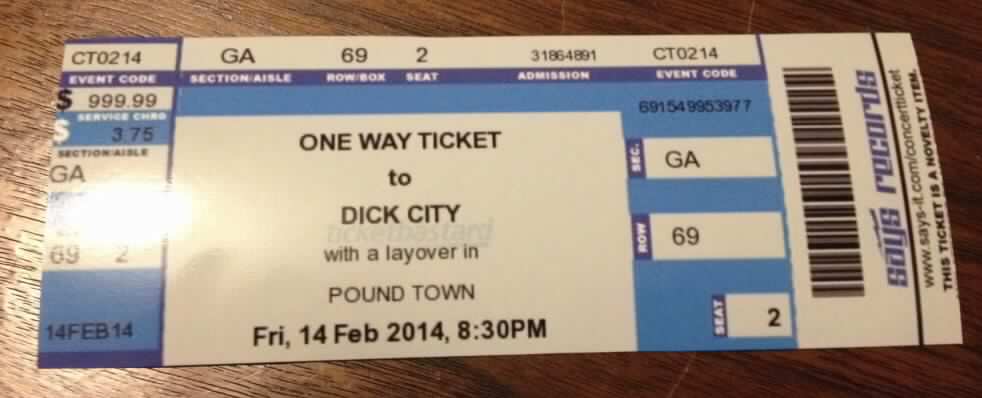We use a ferm fridge with temp controller. No thermowell, the probe is on the side of the fermenter stuck down a little notch in a piece of foam insulation that is strapped onto the carboy.
I'm going to suggest an opposing idea.
I'm guessing 64F was your ambient temp and you did not accurately monitor your beer's temperature.
64 ambient will likely lead to a ~72F fermentation temperature for s-05. Too warm for my tastes and likely result would be the production of Isoamyl acetate (banana aroma).
If 64 was indeed the beer temps then I could simply be a result of the overly long fermentation. 6 weeks seems needlessly long. But to be fair, I'm clutching at straws if my original theory gets shot down.
I don't think this is the case, Gavin. From the way he describes it, it's almost the same set-up as yours.
But I do agree, and as I stated earlier, that the banana flavor is that specific ester that you named. I don't think it can come from anywhere else. Interestingly, white labs did a gas chromatography test with the same wort and yeast (wlp001), but one batch was fermented at 66F, the other at 75F. In both cases, the isoamyl acetate was well above the perception threshold (70 ppm). At 66, it was at 108 ppm. At 75, it was at 114 ppm.
Causes of esters increasing:
1) Increasing the OG. Higher OG means more yeast growth which means more esters produced.
2) Decrease of lipids. If you're trying to get the clearest beer possible into the fermentor, combined with low aeration, you will actually increase ester production.
3) Decreasing aeration. Again this typically has to be in combination with a decrease of lipids, as the lack of oxygen can sometimes be overcome by an increase in lipids.
4) An increase in zinc. This is likely only gonna happen if you've overdone the amount of yeast nutrient added.
5) Increase in temperature. Likely not the case, in this particular instance.
6) Constant agitation/stirring throughout fermentation. Again not the case here, but a reason why it's a good idea to cold crash, and then decant, the starter.
7) A lack of any head pressure. Open fermentation basically. Not the case here either.
8) A
decrease in pitching rates. If rehydration went awry, or one package wasn't enough for the OG, then more esters will be formed because of more yeast growth.
OP, I don't know what you've done wrong here with this beer. BUT if you're getting the banana flavor, as you said you were very early on in this thread, then you need to look at these factors. It seems you've got temperature control down, so I would be looking to your rehydration method, and your pitching rates according to your OG. Also, allowing a bit of the trub into the fermentor will help overcome under-aeration, as I mentioned. Under-aeration is a very common problem at the homebrew scale, but often times we make up for it by having a lot of trub make its way into the fermentor.
I will say, though, that those esters (particularly if you combine banana with berry) often remind me of bubble gum. I wouldn't say I can always detect every flavor compound, but for some reason I'm particularly sensitive to esters. I will often taste esters present in a beer when others don't notice it at all. If you're really wondering exactly how esters taste go buy yourself a Tank 7 from Boulevard, or a Hefeweizen. It could very well be that you're overly sensitive to these compounds. But another thing that goes along with the white labs test I mentioned, and I made this point in an earlier post, it's likely that most people using US-05 are producing major hop bombs and covering up all those esters. But in this case, you went a little low on the dry hops. Increase your late-boil hops and your dry hops in the future, and address those problems I showed you here, and you'll likely fix this problem.



















![Craft A Brew - Safale BE-256 Yeast - Fermentis - Belgian Ale Dry Yeast - For Belgian & Strong Ales - Ingredients for Home Brewing - Beer Making Supplies - [3 Pack]](https://m.media-amazon.com/images/I/51bcKEwQmWL._SL500_.jpg)






































